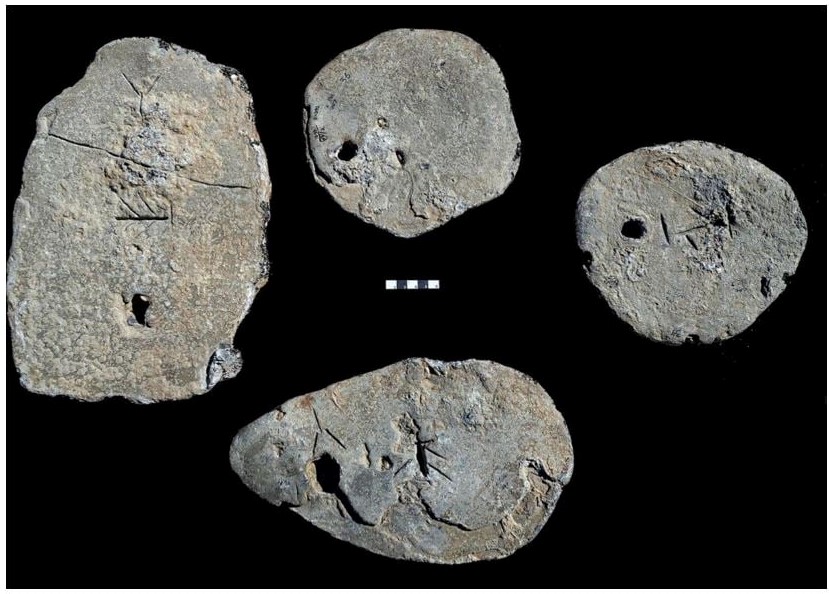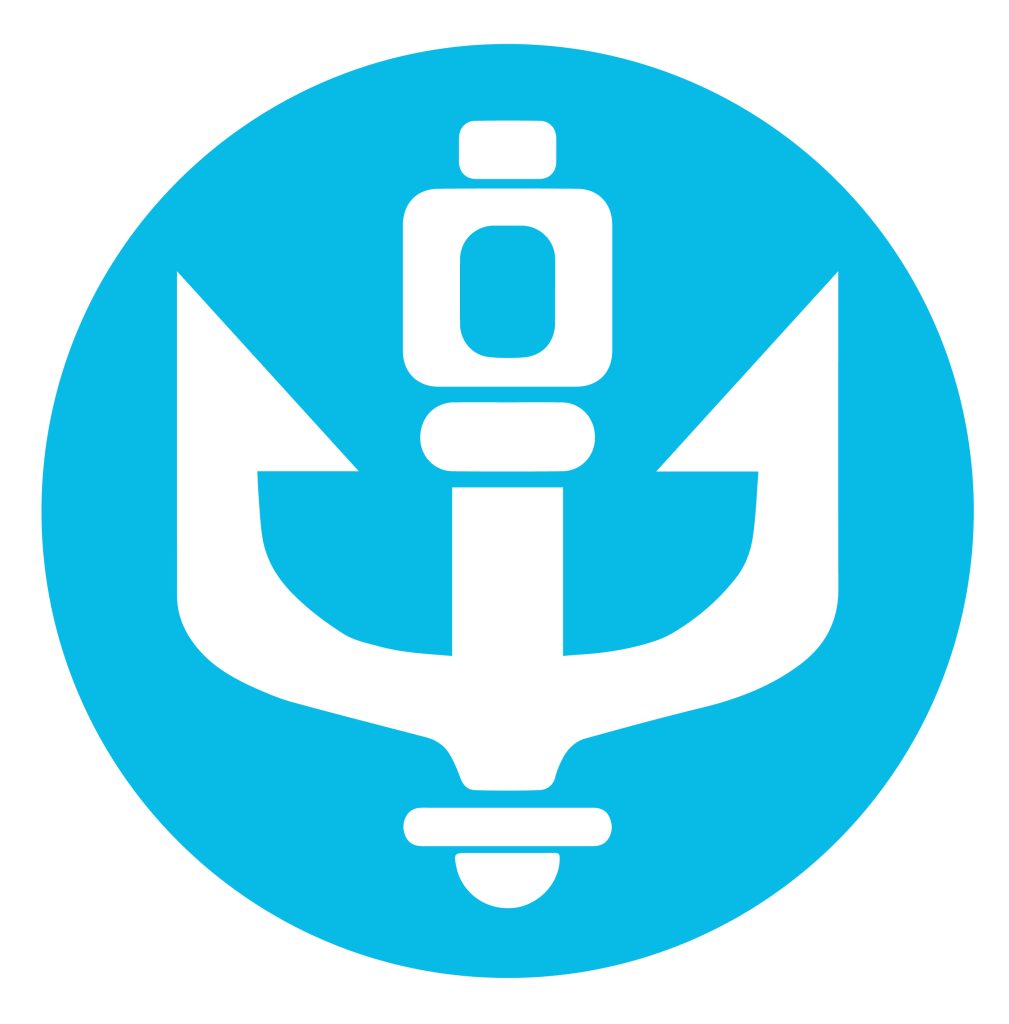A new paper, authored by N. Yahalom-Mack, D.M. Finn, Y. Erel, O. Tirosh, E. Galili, and A. Yasur-Landau, and titled “Incised Late Bronze Age lead ingots from the southern anchorage of Caesarea” was recently published in the Journal of Archaeological Science Reports.
Four lead ingots were found as part of a shipwreck cargo in the southern anchorage of Caesarea in Israel. Analysis of the lead and a study of the markings incised on three of them are presented here for the first time. Four Cypro-Minoan signs are identified and paralleled with signs found on Late Cypriot artefacts. Lead isotope analysis indicates that the lead originated in Sardinia. Such an origin was indicated by earlier analyses of lead ingots from other cargoes along the Carmel coast, as well as by additional lead objects from Cyprus and other regions around the eastern Mediterranean. The Caesarea ingots, together with the latter, highlight the role of the Cypriots in the Mediterranean Late Bronze Age metal trade, and date their involvement to the 13th–early 12th century BCE. Rather than a specific connection between Cyprus and Sardinia at this time, as previously reconstructed, a broader commercial network and heightened involvement of the Cypriots in regional and supra-regional exchange in the eastern Mediterranean are suggested.
Read the full paper here.


